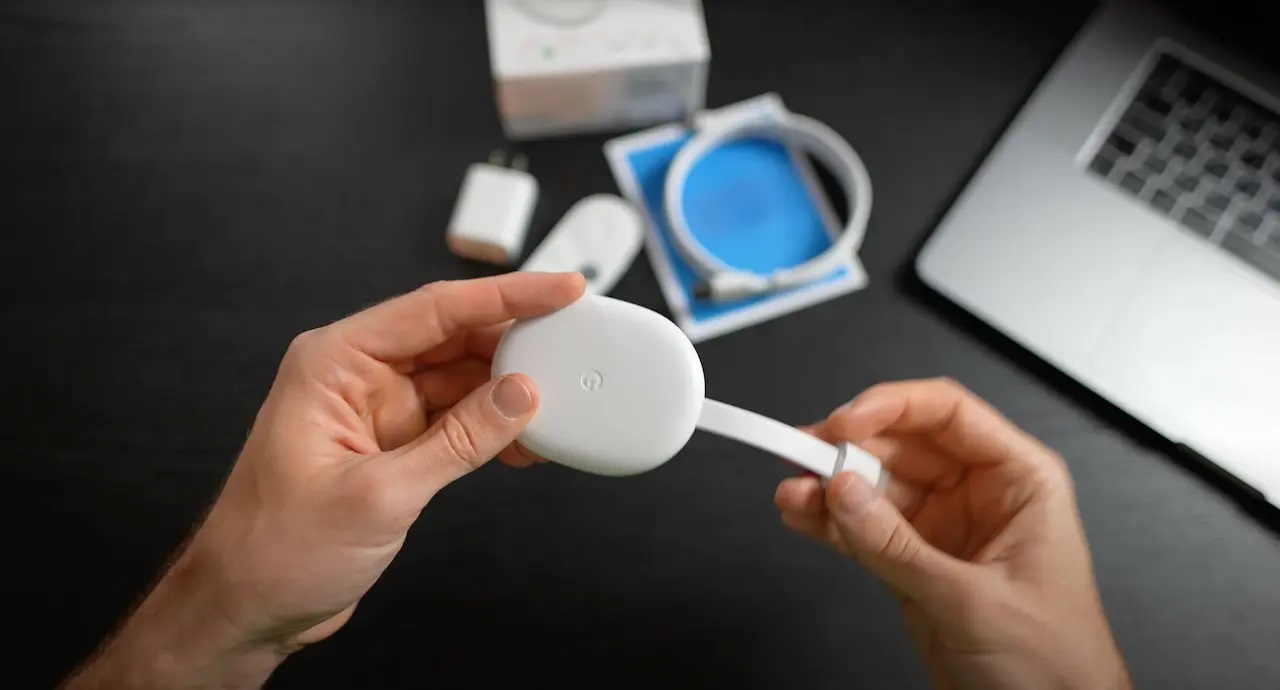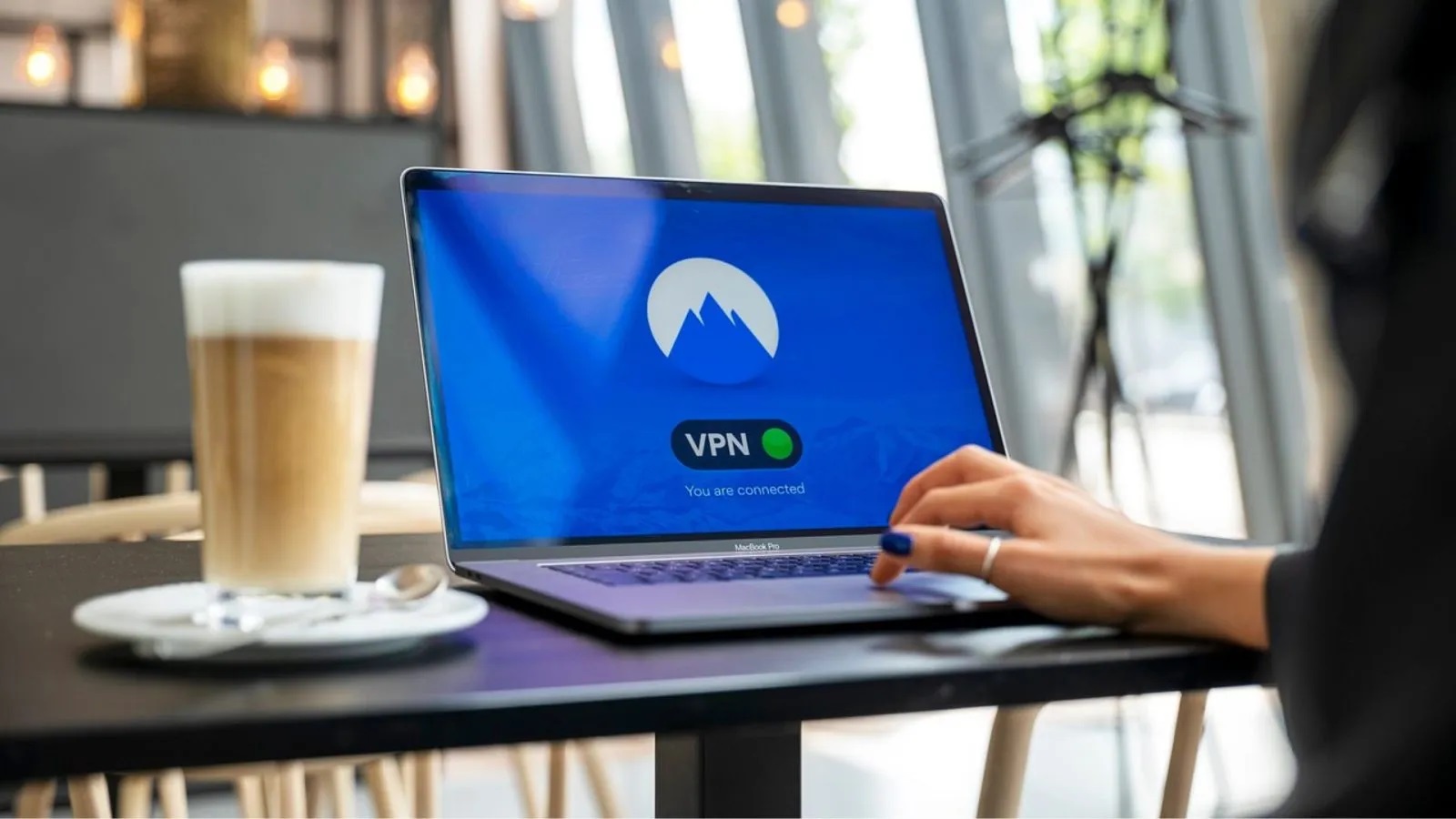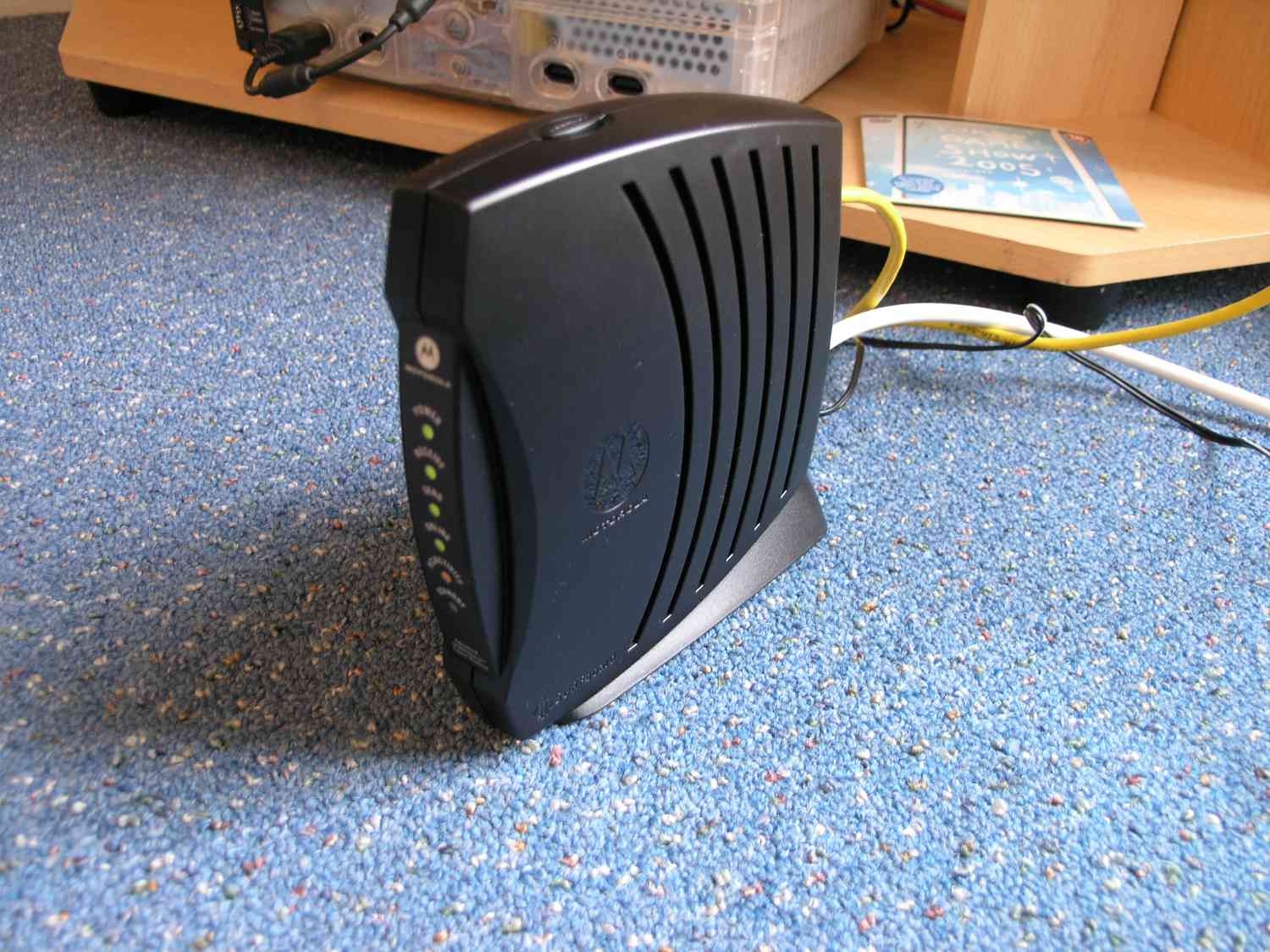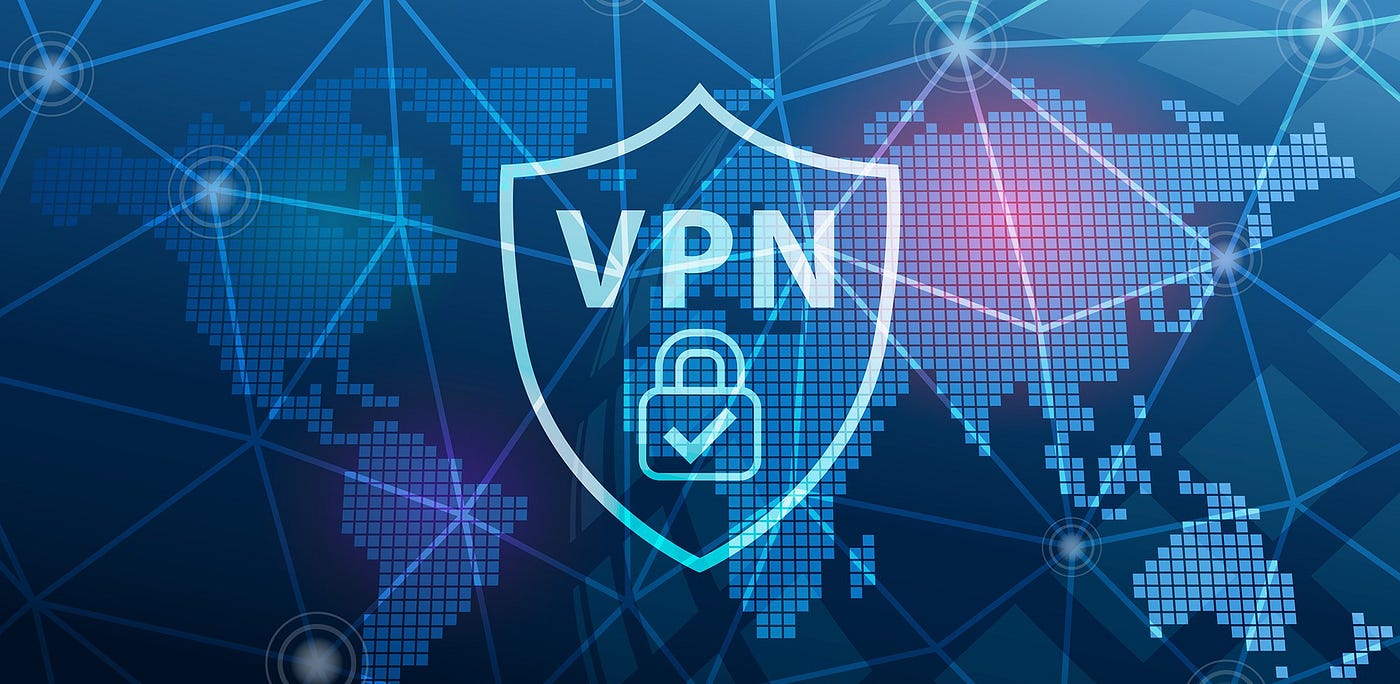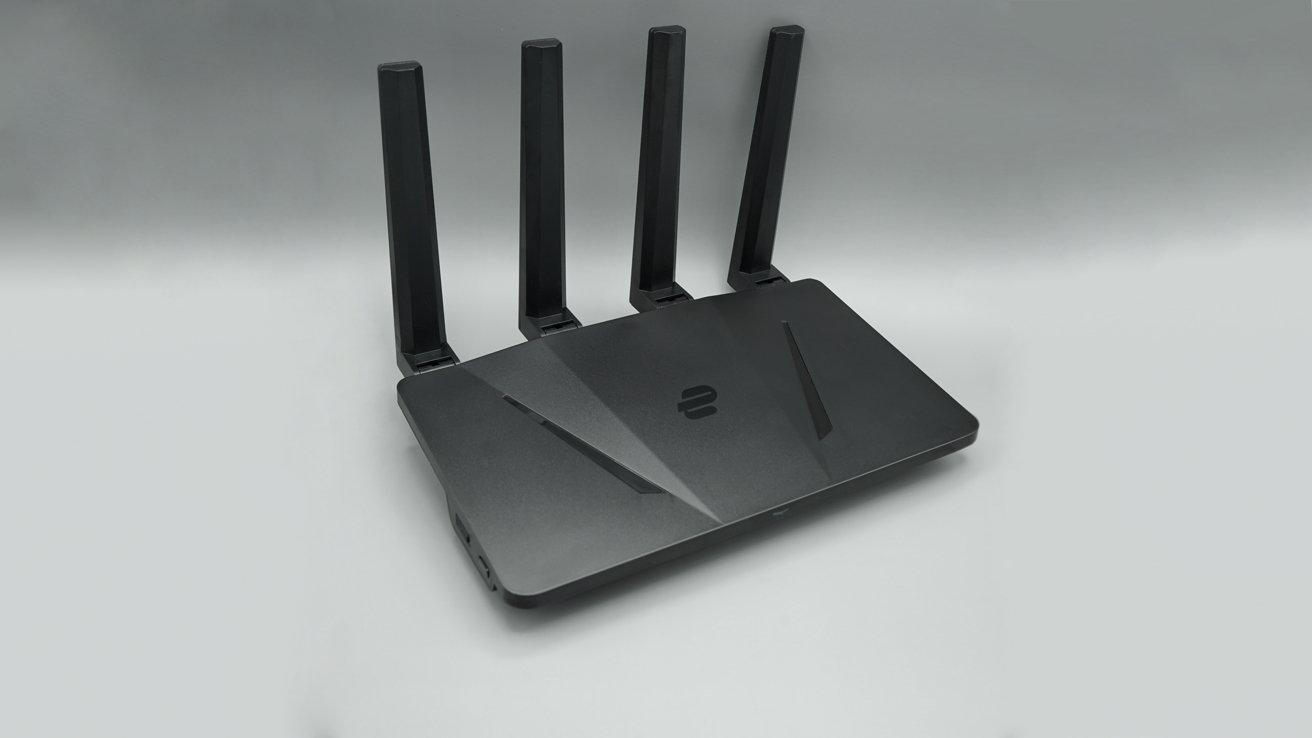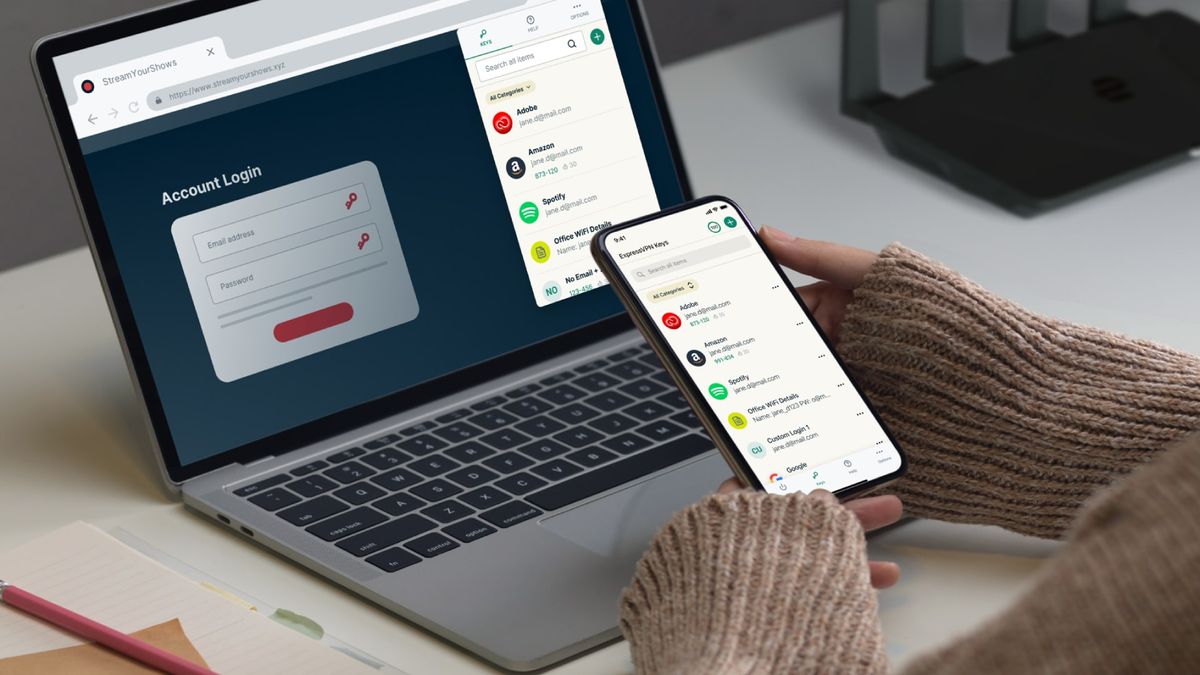Home>Software and Apps>Unveiling the Ultimate Guide to Setting Up VPNs on Your Tech Blog


Software and Apps
Unveiling the Ultimate Guide to Setting Up VPNs on Your Tech Blog
Modified: September 5, 2024
Discover the ultimate guide to setting up VPNs on your tech blog. Explore the latest software and apps for seamless VPN integration and enhanced online security. Unlock expert tips and insights today!
(Many of the links in this article redirect to a specific reviewed product. Your purchase of these products through affiliate links helps to generate commission for Techsplurge.com, at no extra cost. Learn more)
Table of Contents
Introduction
In today's digital age, security and privacy are paramount concerns for tech bloggers and online content creators. With the increasing number of cyber threats and data breaches, protecting your online presence has become essential. One of the most effective ways to achieve this is by setting up a Virtual Private Network (VPN) on your tech blog. A VPN not only encrypts your internet traffic but also masks your IP address, making it difficult for hackers and malicious entities to track your online activities.
This comprehensive guide will walk you through the process of setting up a VPN on your tech blog. We will cover the basics of VPNs, the importance of using them, and step-by-step instructions on how to implement one. Whether you are a seasoned tech blogger or just starting out, this guide will provide you with the knowledge and tools necessary to secure your online presence.
What is a VPN?
A VPN is a service that allows users to create a secure and encrypted connection to a network over the internet. This connection is typically established by creating a virtual point-to-point connection between the user's device and a VPN server. The primary function of a VPN is to protect your internet traffic from being intercepted or monitored by third parties.
Why Do You Need a VPN?
- Security: Encrypts your internet traffic, making it virtually impossible for hackers to intercept sensitive information such as passwords, credit card numbers, and personal data.
- Privacy: Masks your IP address, ensuring that your online activities are not tracked by your internet service provider (ISP), advertisers, or government agencies.
- Geographical Restrictions: Bypass geo-restrictions by changing your IP address to one from a different region.
- Public Wi-Fi Safety: Protects your data from being intercepted by malicious actors on public Wi-Fi networks.
Choosing the Right VPN
With numerous VPN providers available, choosing the right one can be overwhelming. Consider these key factors:
- Security Features: Look for robust security features such as AES-256 encryption, kill switches, and DNS leak protection.
- Speed: Ensure the provider offers fast speeds to avoid significant impact on your browsing experience.
- Server Locations: Opt for a VPN with a wide range of server locations to access content from various regions.
- User-Friendly Interface: Choose an intuitive interface that is easy to navigate, especially if you are not tech-savvy.
- Customer Support: Good customer support is crucial in case you encounter issues with the service.
- Pricing: Compare pricing plans to find one that fits your budget.
Setting Up a VPN on Your Tech Blog
Setting up a VPN on your tech blog involves several steps:
Step 1: Choose a VPN Provider
Select a reputable VPN provider that meets your security and performance requirements. Popular options include ExpressVPN, NordVPN, and ProtonVPN.
Step 2: Sign Up for the VPN Service
Visit the website of your chosen provider and sign up for an account. Most services offer free trials or money-back guarantees, so you can test the service before committing to a paid plan.
Step 3: Download and Install the VPN Software
Download the software from the provider's website and install it on your device. The software is usually available for Windows, macOS, iOS, and Android.
Step 4: Configure the VPN
Once installed, launch the software and follow the prompts to configure it. You may need to enter your login credentials and select the server location you want to connect to.
Step 5: Connect to the VPN
Click the "Connect" button to establish a secure connection to the server. You will see a notification showing you are now connected to the VPN.
Step 6: Test Your Connection
To ensure that your VPN is working correctly, test your connection by visiting a website that detects your IP address. If the website shows a different IP address than your actual location, it means your VPN is successfully masking your IP.
Implementing a VPN on Your Blog
While setting up a VPN on your device is crucial for personal security, implementing one on your blog requires additional steps:
Step 1: Choose a VPN Service for Your Blog
Not all VPN services are suitable for use on a blog. Look for providers that offer dedicated IP addresses or static IP addresses, which are essential for maintaining consistent branding and SEO rankings.
Read more: The Ultimate Guide to the Top Free VPNs
Step 2: Configure Your Web Server
If you are using a self-hosted WordPress blog, configure your web server to use the VPN connection. This typically involves setting up a reverse proxy server like NGINX or Apache to route traffic through the VPN.
Step 3: Use a Content Delivery Network (CDN)
Using a CDN can help distribute your blog’s content across different servers worldwide, reducing the load on your primary server and improving page load times. Some CDNs offer built-in support for VPNs, ensuring that all traffic is encrypted and secure.
Step 4: Monitor Your Blog’s Performance
After implementing a VPN on your blog, monitor its performance closely. You may need to adjust settings or switch to a different provider if you notice significant slowdowns in page load times.
Additional Security Measures
While a VPN provides robust security, implementing additional measures can further protect your blog:
- Use Strong Passwords: Ensure that all user accounts on your blog have strong, unique passwords.
- Keep Software Up-to-Date: Regularly update your blog’s software and plugins to patch any security vulnerabilities.
- Use Two-Factor Authentication (2FA): Enable 2FA for all user accounts to add an extra layer of security.
- Regular Backups: Regularly back up your blog’s data to prevent data loss in case of a security breach or server failure.
- Monitor for Malware: Use anti-malware software to scan your blog regularly for any malicious code.
Read more: Easy Steps to Set Up VPN on Your iPad
Final Thoughts
Setting up a VPN on your tech blog is a crucial step in ensuring the security and privacy of your online presence. By following the steps outlined in this guide, you can protect your blog from cyber threats and maintain a secure connection to the internet. Choose a reputable provider, configure the VPN correctly, and implement additional security measures to safeguard your blog. With these steps, you can enjoy a secure and private online experience, free from the risks associated with unsecured internet connections.

